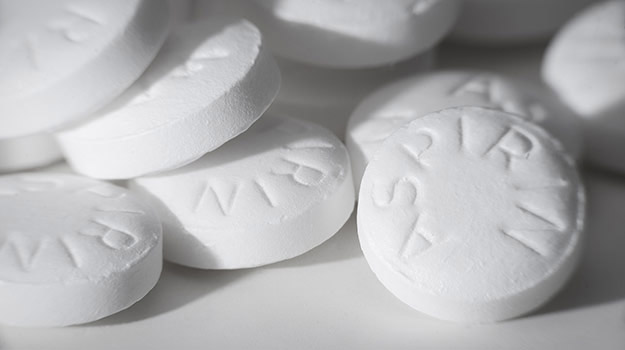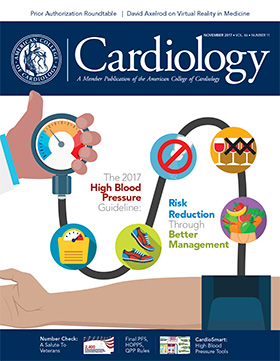New findings from the PURE study group reaffirm the value of physical activity to reduce death and cardiovascular disease and extend this finding to persons living in low- and middle-income countries and to all types of physical activity. The prospective cohort study found that 30 minutes of physical activity five days a week could prevent one in 12 deaths and one in 20 cases of cardiovascular disease worldwide.
A greater reduction was seen in those who were highly active (750 minutes weekly).
In the study, 130,843 participants aged 35-70 years old from urban and rural areas in 17 countries (four low-income and seven middle-income) completed questionnaires on their levels and types of physical activity over a typical week. Information was also obtained on socioeconomic status, lifestyle behaviors, medical history, family history of cardiovascular disease, weight, height, waist and hip measurements, and blood pressure. Follow-up visits were completed every three years over the 6.9 years of follow-up. Read More >>>
It is estimated that about 23 percent of adults aged 18-64 years worldwide do not meet the levels of physical activity recommended by the World Health Organization: at least 150 minutes of moderate-intensity aerobic physical activity throughout the week, and muscle strengthening exercise at least two days a week. In the PURE study, 18 percent of participants did not meet the physical activity guidelines, while 44 percent were highly active.
The results, published in The Lancet, showed that among the participants who met the activity guidelines, compared with those who did not, there was a lower rate of developing cardiovascular disease (3.8 percent vs. 5.1 percent) and risk of mortality (4.2 percent vs. 6.4 percent).
In translating these results to a population level, the authors, led by Scott A. Lear, PhD, state the findings suggest 8 percent of deaths and 4.6 percent of cardiovascular disease cases could be prevented. These levels could be increased to 13 percent and 9.5 percent if the entire population was highly active.
Physical activity as transport, occupation or housework was the most common form of physical activity, across all regions (ranging from 437 to 574 minutes per week). While physical activity in leisure time was common in high-income countries (average of 130 minutes per week), it was rare in other regions (25 minutes a week in lower-middle income countries and none in upper-middle- and low-income countries).
“As participating in physical activity (especially in daily life) is inexpensive, physical activity is a low-cost approach to reducing deaths and [cardiovascular disease] CVD that is applicable globally with large potential effect,” the authors write. They add their study provides robust evidence to support public health interventions to increase all forms of physical activity in these regions.
In a related editorial, Shifalika Goenka, MBBS, PhD, writes, “Cardiovascular disease is known to have devastating effects on individuals and families. In low-income and lower-middle-income countries, cardiovascular disease can push people to below the poverty line… Creating a physical, social, and political environment where physical activity in daily living is desirable, accessible, and safe should be a developmental imperative… Promotion of physical activity, active transport, and active living by means of interventions contextualised to culture and context will have powerful and long-lasting effects on population health and developmental sustainability.”
Lear SA, Hu W, Rangarajan S, et al. Lancet 2017;Sept 21:[Epub ahead of print].
<<< Return to top




